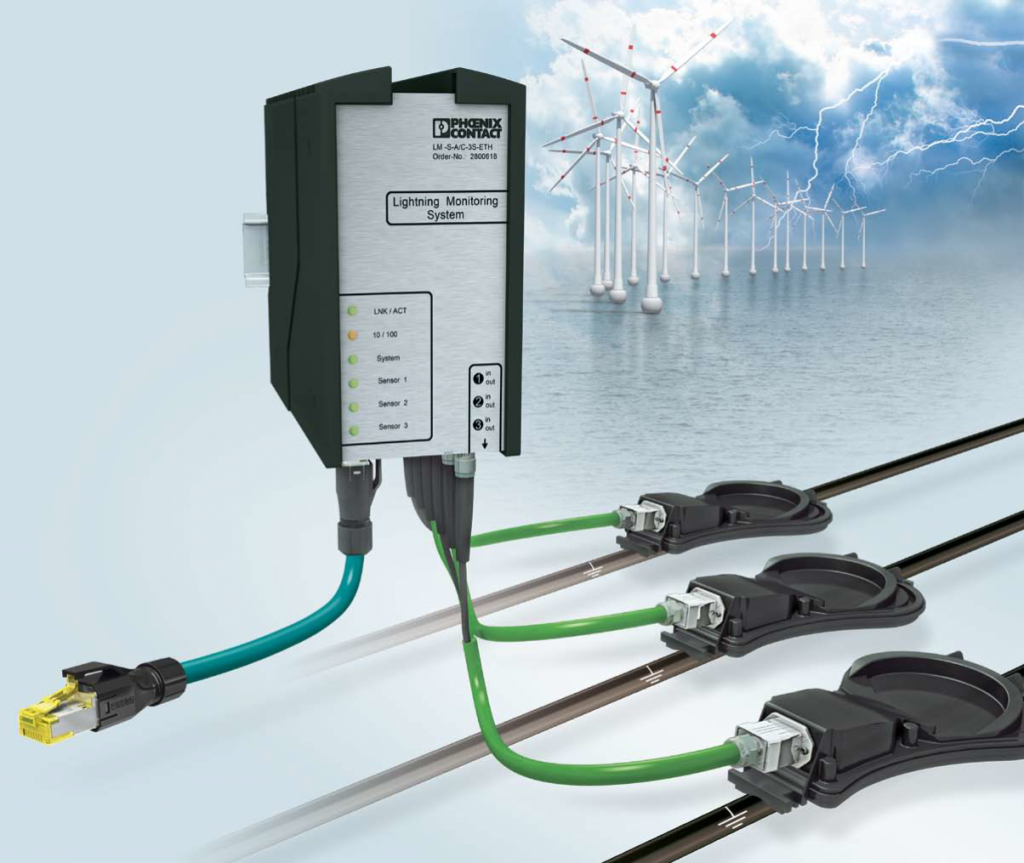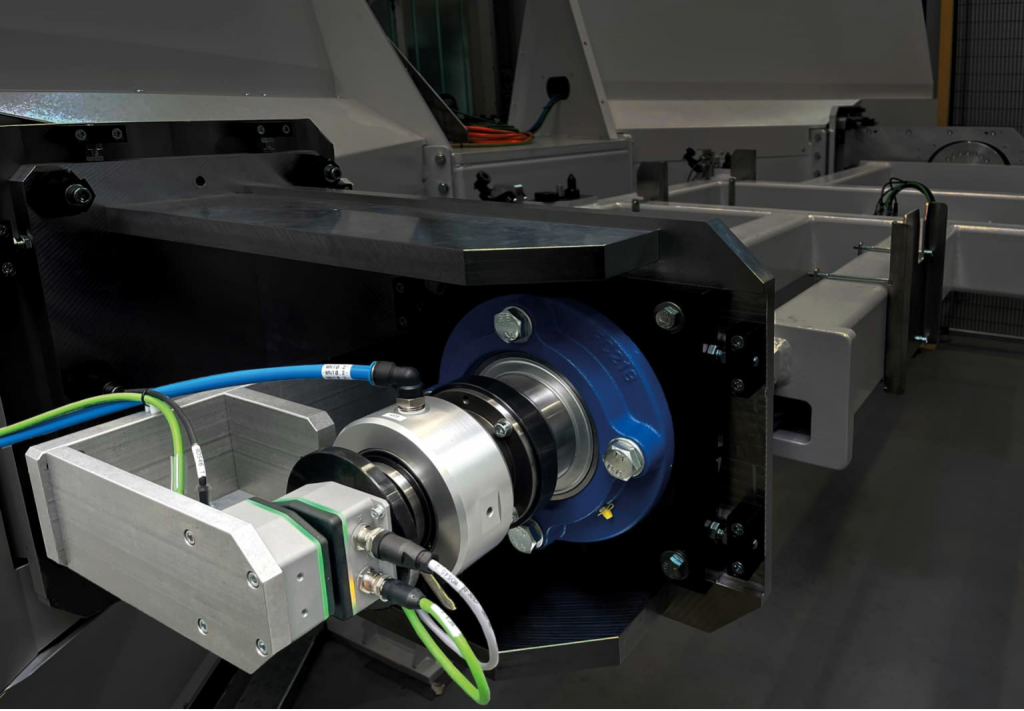
High-speed data transmission for industrial applications
IDC predicts that by 2027, the volume of data created and replicated will reach 284 zettabytes, a 21-zero figure, threatening the Internet of Things without a nationwide broadband expansion, highlighting the need for significant data storage and replication.
The first transatlantic fiber-optic cable was operational in 1988, enabling high-speed data transmission between continents. The mid-1990s saw broadband expansion, adding more long-distance routes and moving fiberglass transmission paths closer to end devices like data centers, industrial plants, and personal computers, known as the “last mile.”
Data transmission across continents, countries, and municipalities requires high security and reliability. Speed, immunity to interference, and failsafe performance are basic requirements for industrial and semi-industrial data transmission.
The advantage of fiber optics
Fiber-optic cables (FO) transmit data in light over long distances by converting electrical signals into photon packets and sending them to the receiver via plastic or fiberglass. The light signals are then converted back into electrical signals for evaluation and processing.
This blog article explores the advantages of data transmission through fiber-optic cables over copper transmission, focusing on their characteristics.
Speed and distances
Fiber-optic cables use photons to transmit electrical signals, which are faster than electrons in copper conductors. Photons can travel up to 70% of the speed of light, with minimal signal loss. This allows for longer transmission distances of up to 50 km and data rates of up to 40 Gbps. The actual range depends on the chosen fiber-optic cable, making them suitable for long distances and large data volumes.

Reliability and security
Fiber-optic cables are reliable for data transmission due to their non-conductive cores made of glass or plastic, eliminating the need for complex shielding. They are metal-free, insensitive to EMC and ESD interference, allowing parallel use with other cables. Impedance problems and crosstalk are not issues. Fiber-optic cables with coatings protect against environmental influences in a much better way.
Fiber-optic cables offer enhanced cybersecurity due to their lack of external signals, requiring direct access via bend connectors or contact points, making them significantly more secure against eavesdropping than copper cables, despite not providing 100% protection against unauthorized access.
Costs
Fiber-optic technology has disadvantages such as complex assembly, precision, expensive equipment, complex measurement technology, and the need for well-trained specialists. Manufacturing and monitoring production are costly and require extensive expertise in this specialist field.
Continue reading
































